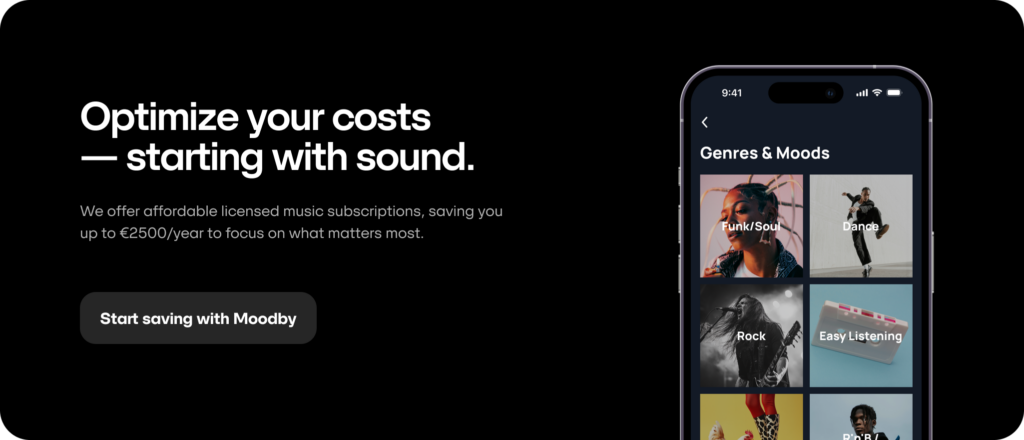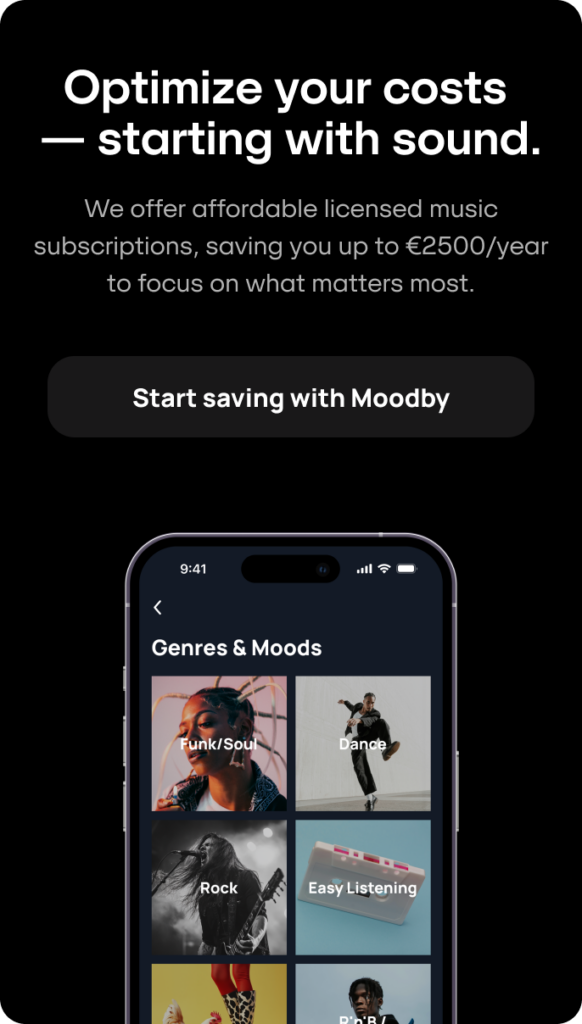Step-by-Step Guide for Dining Venture Business Plan

A solid restaurant business plan is the North Star that guides every phase of opening and operating a dining venue. This step-by-step roadmap lays out how to structure your vision, persuades investors, and grounds strategic execution. The restaurant business plan template embedded in each section is a tool to simplify creation without sacrificing depth.
- Phase 1: Clarify Your Concept and Direction
- Phase 2: Ground the Plan in Reality—Market Research & Positioning
- Phase 3: Optimize Your Operations Blueprint
- Phase 4: Crunch the Numbers—Financials That Drive Decisions
- Phase 5: Price Smartly and Maximize Profit
- Final Touches and Ongoing Adjustments


Phase 1: Clarify Your Concept and Direction
Step 1: Define the Concept and Vision
Use the business plan restaurant template to articulate a distinct culinary concept—whether it’s a cozy café, a trendy bar, or upscale eatery—and the ambiance you aim to deliver. A purpose-focused restaurant business plan introduces your values, style, and target mood for diners. Adding measurable goals like “attract 1,000 covers per month by year one” makes this section even stronger and investor-ready.
Step 2: Craft the Executive Summary
Begin with a concise executive summary. It outlines the essence of the business: mission, concept, location, projected investment needs, and anticipated return. If wondering how to write a restaurant business plan, start here—this section hooks readers and frames the rest of the document. Clarity and brevity are crucial, since many investors may only read this part first before deciding whether to look deeper.
Phase 2: Ground the Plan in Reality—Market Research & Positioning
Step 3: Perform Market Analysis
Explore demographic trends, customer behavior, and competition. This informs where your concept fits and what competitive advantage you hold. A well-written restaurant business plan template should show not just data, but interpretation—like why younger urban consumers prefer delivery or how seasonal trends shift sales.
Step 4: Solidify Brand Identity
Clearly identify what makes your brand stand out. Use marketing insights from your business plan for restaurant to define positioning, story, and visual identity that align with your desired clientele. For example, a sustainable sourcing policy can appeal to eco-conscious customers, while a nostalgic brand can target families seeking comfort dining.
Phase 3: Optimize Your Operations Blueprint
Step 5: Sketch the Operations Plan
Outline your kitchen workflow, staffing model, opening hours, vendor relationships, and technology tools such as reservation platforms or POS systems. This underpins operational efficiency and builds credibility—even before opening. An actionable restaurant business plan provides contingency measures for supply shortages or staff turnover, demonstrating preparedness.
Step 6: Layout Staffing and Management Structure
Detail team structure and required roles, focusing on training, support, and company culture. The restaurant business plan template should highlight recruitment strategies, training modules, and growth opportunities. A strong staffing section shows investors you understand labor costs, turnover rates, and the importance of leadership in maintaining quality.
Phase 4: Crunch the Numbers—Financials That Drive Decisions
Step 7: Calculate Start-Up and Running Costs
Draft thorough budgets covering renovations, equipment, initial inventory, licensing, and operating expenses. A precise financial sketch shows you understand your investment scope. A professional business plan restaurant converts estimates into tables and scenarios, showing best, worst, and expected cases for cash needs.
Step 8: Project Revenue and Cash Flow
Use realistic assumptions to forecast monthly sales, costs, and break-even timelines. This “financial blueprint” validates feasibility. Learning how to write a restaurant business plan involves recognizing the risks of over-optimism and providing conservative numbers alongside growth projections. A side-by-side three-year projection enhances trust.
Phase 5: Price Smartly and Maximize Profit
Step 9: Develop Menu Pricing Strategy
Determine pricing based on food costs, labor, overheads, and desired margins. Part of how to write a restaurant business plan involves aligning menu profitability with competitive expectations and customer value perception. Use the restaurant business plan template to calculate item margins, highlight high-profit items, and strategically design menu placement.
Step 10: Set Marketing and Promotion Plans
Use the restaurant business plan template to plan social promotions, event strategies, loyalty programs, and local partnerships. Effective marketing boosts foot traffic and sustains momentum. Including digital campaigns, influencer collaborations, and seasonal offers shows that the business plan for restaurant is attuned to modern consumer habits.
Final Touches and Ongoing Adjustments
Step 11: Assemble and Format
Combine all sections into a polished, cohesive restaurant business plan. Ensuring clarity, visual appeal, and logical flow helps potential partners or investors see your vision clearly and confidently. Even small touches, like professional infographics and tables, make a business plan restaurant feel authoritative.
Step 12: Adapt and Innovate
A business plan isn’t a static document; it’s a living guide. After launch, continually measure performance against your initial projections and be ready to adapt to market shifts, customer feedback, and new trends. Keep your restaurant business plan template relevant and responsive. Continually measure performance against your initial projections, adapting your business to market shifts and new trends. To ensure long-term success, plan to incorporate new technologies, sustainable practices, or unique guest experiences as your business matures.


